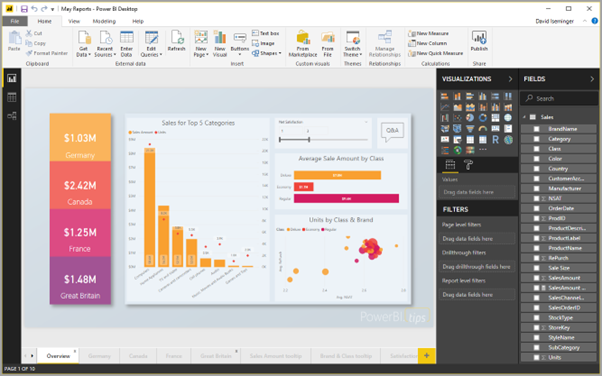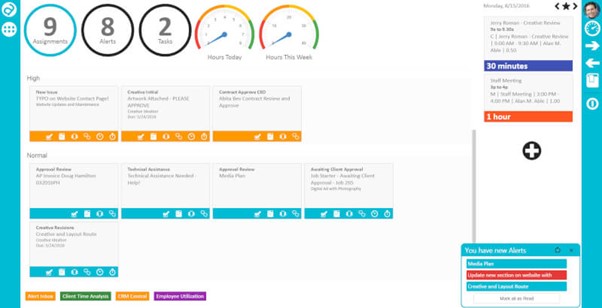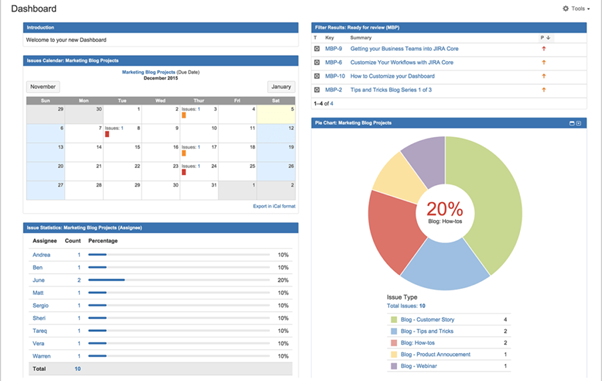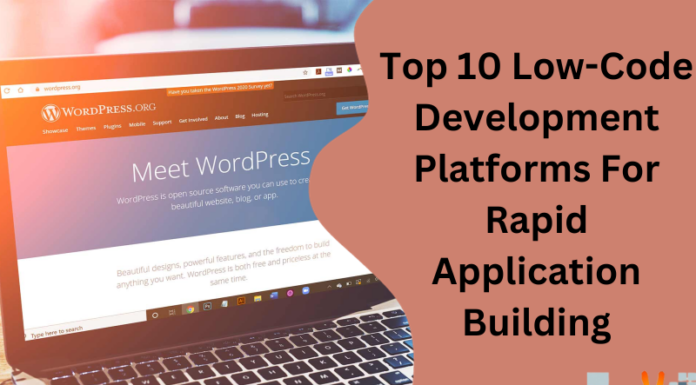The business world is changing, and your company needs to keep up. Using dashboard software is preferable. Choosing from so many possibilities might take time.
1. Zoho: Best for User-Friendly Dashboards
Zoho is a cloud-based software that lets you create, customize and share dashboards. It also allows you to create custom reports and manage your business. Zoho’s dashboard is easy to use and has an intuitive interface that makes it accessible even to beginners unfamiliar with technical terms or jargon. The free version of Zoho Dashboard comes with limited functionality. Still, it offers enough options to manage data from your business quickly without buying any additional tools or subscriptions.

2. Microsoft Power BI: Best For Overall Tool
Power BI is free, and you can use it on a desktop or mobile device. Power BI works with Excel and other Microsoft Office apps by connecting them to the Power BI service. The data stored in these files are then displayed in charts and maps using Microsoft’s web-based visualization engine called MapD (formerly Highlight).

3. Project Geekify
Project Geekify is a project management software that helps you to manage your projects, tasks, and clients in one place. It’s cloud-based software that makes it easy to work remotely with your team. It allows you to create individual projects or all of them at once, assign tasks to employees and track their progress quickly through the app dashboard.

4. Jira
Jira is a tool for tracking and managing software development projects. Jira Software is the cloud version of Jira, initially developed by Atlassian in 2001 by more than 5,000 organizations worldwide to manage and track their projects from start to finish. Jira Software gives you complete control over your team’s workflows so that everyone involved in any project can see what needs doing at any time. You can set up notifications for when new issues or updated so that you won’t miss anything important happening in your company!

5. FocusFrame
FocusFrame is a dashboard software for project management. It’s a cloud-based solution that works on desktop, web, and mobile platforms.

6. ScrumMaster Toolkit
Software development uses Scrum. ScrumMaster is the team leader in managing your scrum process, on-time delivery, quality assurance, and more.

7. Flowcharts
Flowcharts are an effective tool for representing and explaining complex processes graphically. They’re also helpful in breaking down complex processes into smaller steps, so you can see how each part fits into the bigger picture. A flowchart can show the relationship between different parts of your business. For example, suppose you have multiple products or services on offer. In that case, it may be helpful if there was some hierarchy where each product had its area on the chart and related products were grouped at different levels (or even outside).

8. Trello
Trello organizes, prioritizes, and tracks time. The tool’s interface is simple and intuitive, with features including checklists to help keep track of tasks and notes on each job. It works well for teams of all sizes and offers an easy-to-use interface for both beginners and experienced users.

9. EzyTasker
EzyTasker is a free-to-use task management software that helps teams, groups, and individuals to get things done. It has an intuitive interface with many features, such as time tracking and project management, and powerful collaboration features like Slack integration.

10. Gantt Chart
Gantt Chart is a simple and easy-to-use project management tool. It’s a timeline-based software that allows you to visualize the progress of your project. Tracking project progress can help you estimate task times. Gantt Chart is also known as Gantt Diagram or Project Timeline Diagram, making it easy for anyone with basic computer knowledge.

Conclusion
Gantt Charts is the best dashboard tool for large projects, and Trello is a good choice for small teams. If you want something more customizable, EzyTasker is an excellent alternative that’s easy to use with your existing tools and templates.

















